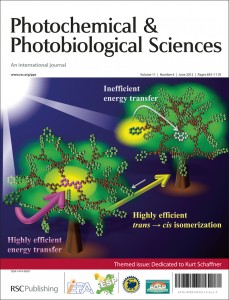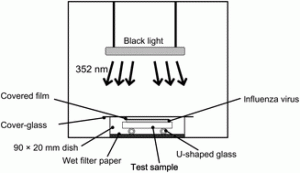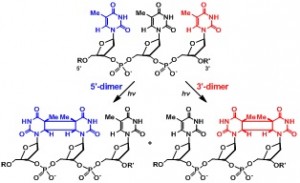This month sees the following articles in PPS that are in the top ten most accessed:-
On the genesis of heterogeneous photocatalysis: a brief historical perspective in the period 1910 to the mid-1980s
N. Serpone, A. V. Emeline, S. Horikoshi, V. N. Kuznetsov and V. K. Ryabchuk
Photochem. Photobiol. Sci., 2012, Advance Article, DOI: 10.1039/C2PP25026H
UV wavelength-dependent DNA damage and human non-melanoma and melanoma skin cancer
Gerd P. Pfeifer and Ahmad Besaratinia
Photochem. Photobiol. Sci. , 2012,11, 90-97, DOI: 10.1039/C1PP05144J
Engineered photoreceptors as novel optogenetic tools
Andreas Möglich and Keith Moffat
Photochem. Photobiol. Sci., 2010,9, 1286-1300, DOI: 10.1039/C0PP00167H
The human health effects of ozone depletion and interactions with climate change
M. Norval, R. M. Lucas, A. P. Cullen, F. R. de Gruijl, J. Longstreth, Y. Takizawa and J. C. van der Leun
Photochem. Photobiol. Sci., 2011,10, 199-225, DOI: 10.1039/C0PP90044C
Photo-oxidation of proteins
David I. Pattison, Aldwin Suryo Rahmanto and Michael J. Davies
Photochem. Photobiol. Sci., 2011, Advance Article, DOI: 10.1039/C1PP05164D
Applications of p-hydroxyphenacyl (pHP) and coumarin-4-ylmethyl photoremovable protecting groups
Richard S. Givens, Marina Rubina and Jakob Wirz
Photochem. Photobiol. Sci., 2012, 11, 472-488, DOI: 10.1039/C2PP05399C
Photoactivatable fluorophores and techniques for biological imaging applications
Wen-hong Li and Genhua Zheng
Photochem. Photobiol. Sci., 2012, Advance Article, DOI: 10.1039/C2PP05342J
Evidence that a single bioluminescent system is shared by all known bioluminescent fungal lineages
Anderson G. Oliveira, Dennis E. Desjardin, Brian A. Perry and Cassius V. Stevani
Photochem. Photobiol. Sci., 2012,11, 848-852, DOI: 10.1039/C2PP25032B
Exploring structural change of protein bovine serum albumin by external perturbation using extrinsic fluorescence probe: spectroscopic measurement, molecular docking and molecular dynamics simulation
Sankar Jana, Shalini Ghosh, Sasanka Dalapati and Nikhil Guchhait
Photochem. Photobiol. Sci., 2012, 11, 323-332, DOI: 10.1039/C1PP05180F
Ozone depletion and climate change: impacts on UV radiation
R. L. McKenzie, P. J. Aucamp, A. F. Bais, L. O. Björn, M. Ilyas and S. Madronich
Photochem. Photobiol. Sci., 2011,10, 182-198, DOI: 10.1039/C0PP90034F
Why not take a look at the articles today and blog your thoughts and comments below.
Fancy submitting an article to PPS? Then why not submit to us today or alternatively email us your suggestions.













